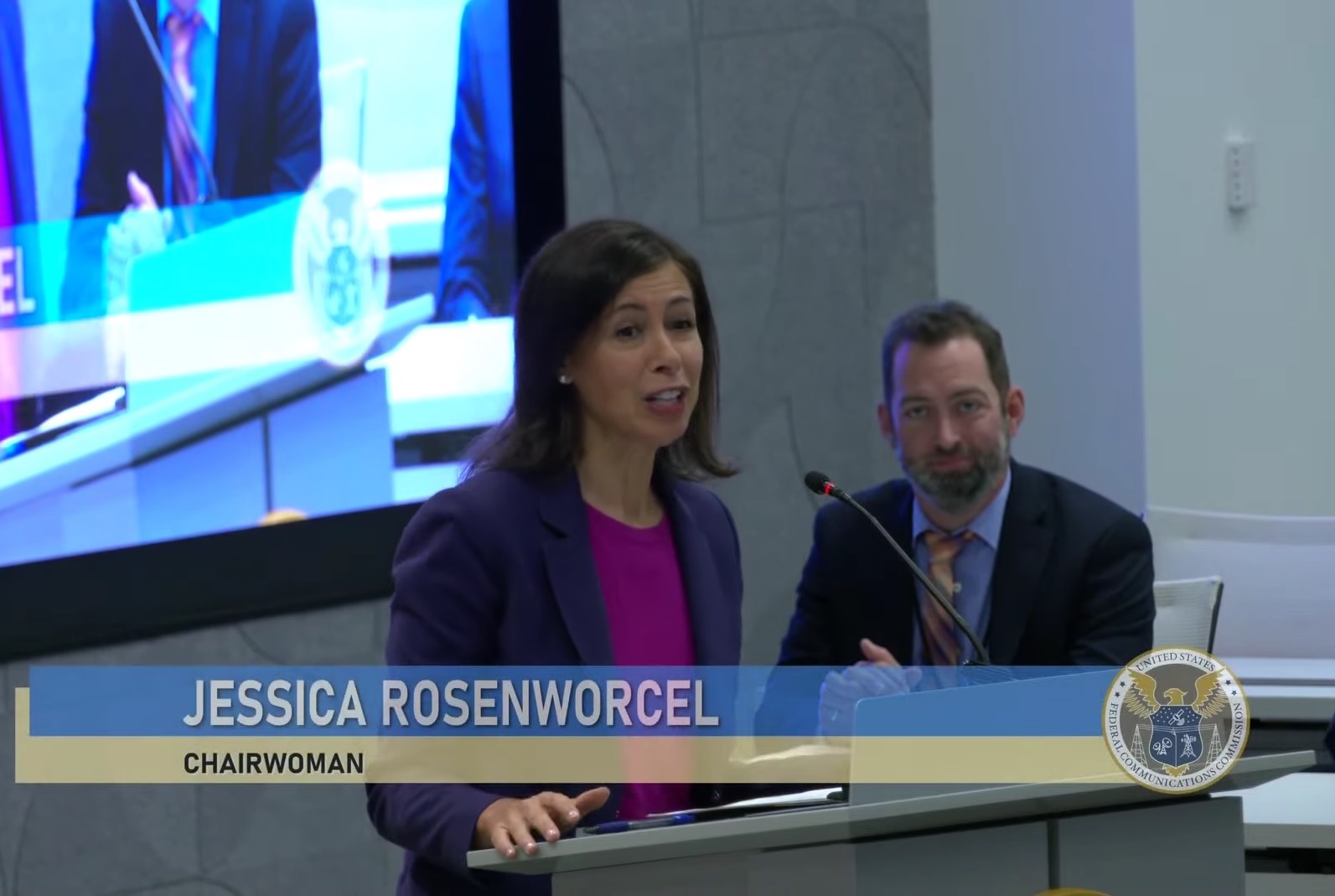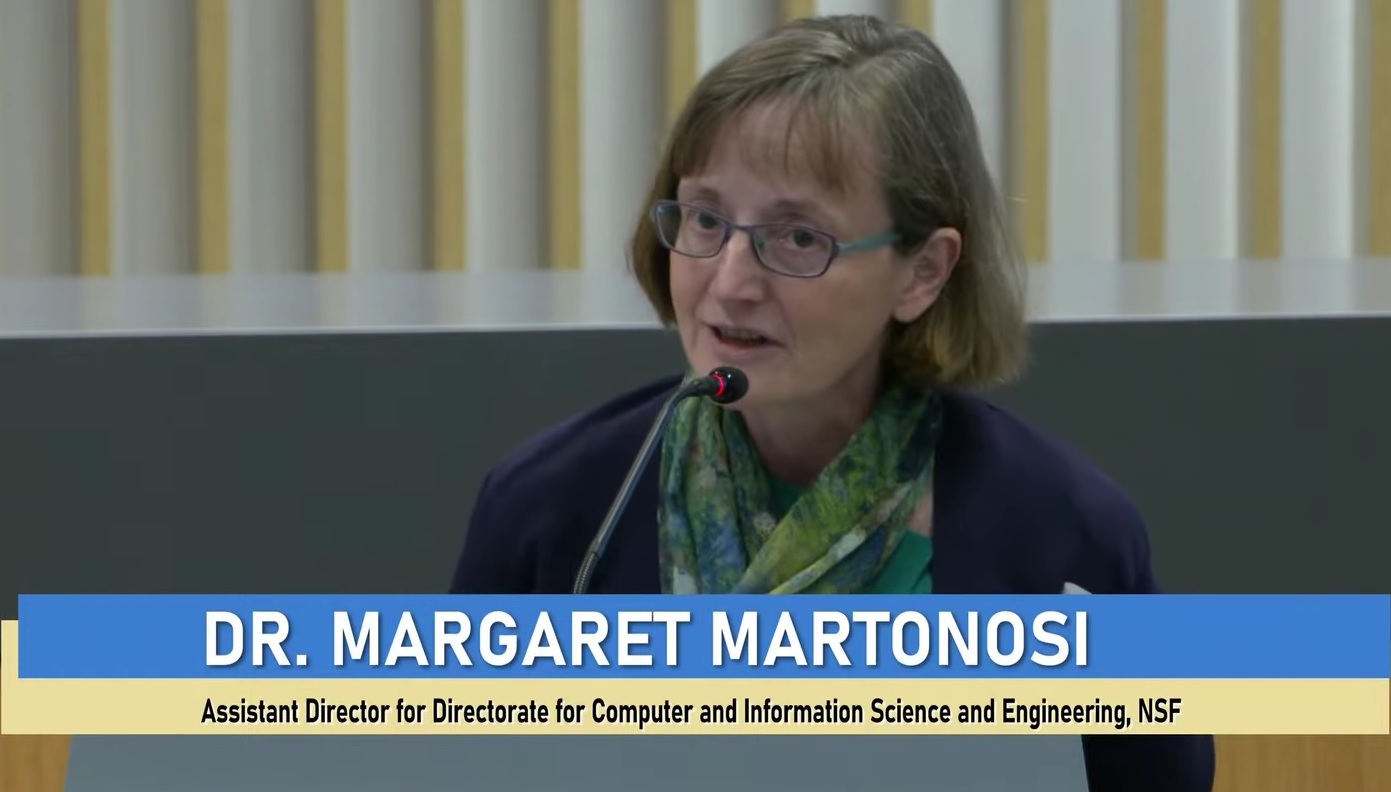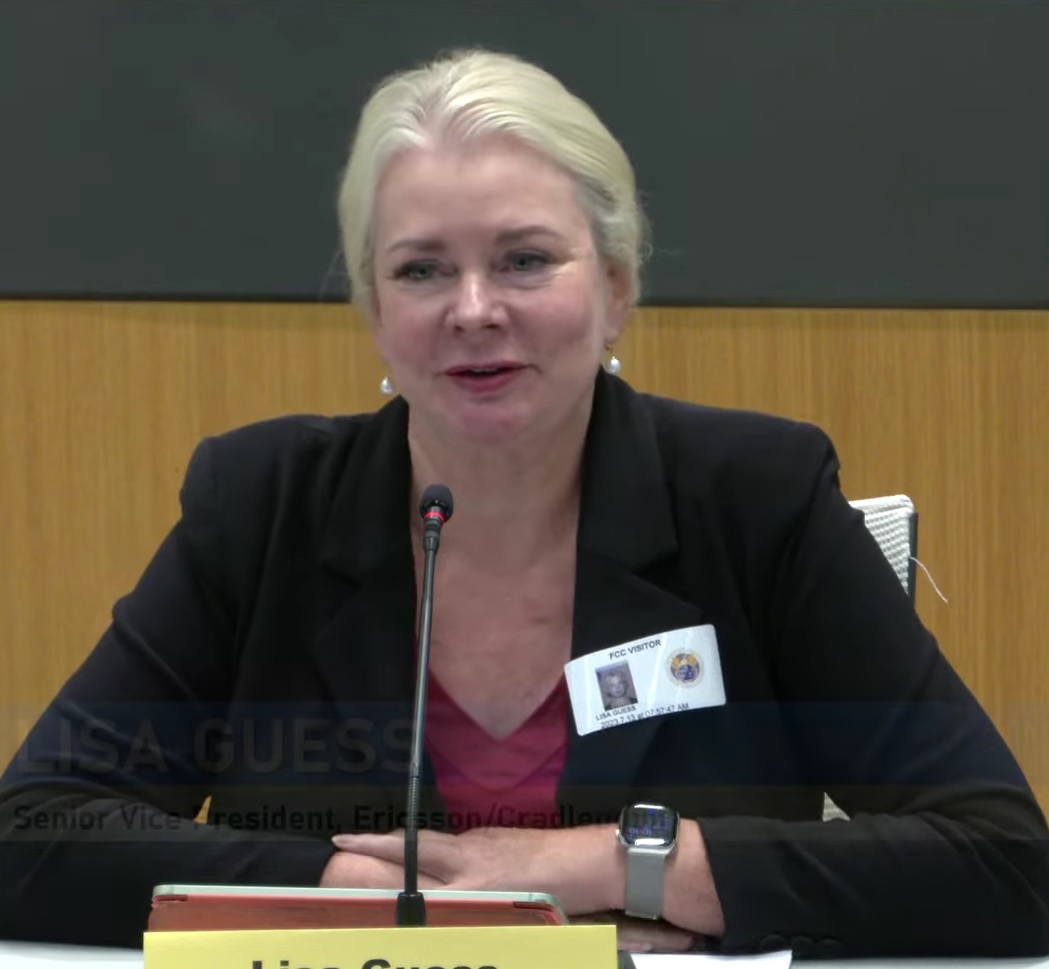
WASHINGTON D.C.—The role of artificial intelligence in optimizing spectrum efficiency was an important theme today during a gathering at FCC headquarters here exploring how AI can be used for the benefit of networks and consumers alike.
Organized jointly by the Federal Communications Commission and the National Science Foundation (NSF), the program, called “The Opportunities and Challenges of Artificial Intelligence for Communications Networks and Consumers,” brought together representatives from the agency, NSF, academia, public interest, advocacy and industry.
Leading off the day, FCC Chairwoman Jessica Rosenworcel branded herself as an optimist about AI despite recent concerns raised by the release of generative AI and warnings from prominent technologists.
“From my perch at the head of our nation’s expert agency on communications, I cannot help but be an optimist about the future of AI," she said.
“My optimism comes from where I sit because every day I see communications network power our world,” she said.
“I know how their expansion and evolution can enhance modern civic and commercial life. I also know the power of those communications networks is going to grow exponentially when we use AI to understand how to increase the efficiency and effectiveness of our networks,” she said.
“The day is not all that far off when we will be able to use this technology to help self-configure, self-optimize and self-heal facilities,” said Rosenworcel.
The professional video industry's #1 source for news, trends and product and tech information. Sign up below.
NSF director Sethuraman Panchanathan, who followed Rosenworcel, pointed out the foundation has invested more than $800 million in AI, including funds for 25 AI institutes around the country to drive innovation.
Margaret Martonosi, NSF lead of computer and information science and engineering, delivered the keynote discussing the role the foundation has and is playing in promoting development of AI. “NSF is an agency that is about making sure the right seeds get planted and the right trees get nurtured over many decades,” she said.

Martonosi offered several examples of how the foundation is supporting AI and wireless development. One, AI-EDGE, or the AI Institute for Future Edge Networks and Distributed Intelligence, is receiving $20 million in NSF funding. Led by Ohio State University, AI-EDGE is looking into how AI can be used in networks to improve how they flow, she said.
“I want you to think about it in a bidirectional way,” she said. “Some of the research is about using AI for networks to improve how networks flow, to improve the virtualization, to improve the routing and management of traffic and management of the security,” she said.
‘The other thing is about using those networks for AI to improve data collection and analysis—how we can do more of the analysis at the edge to save on bandwidth and energy.”
The first panel of the day focused on AI application trends and how AI research is advancing them. Joining the panel were Nageen Himayat, senior principal engineer at Intel; Randy Berry, chair and professor of ECE at Northwestern University; Harold Feld, senior vice president at Public Knowledge; Lisa Guess, senior vice president of solutions engineering at Ericsson; and Ness Shroff, chaired professor of ECE and CSE at Ohio State University. Martin Doczkat, chief of the Technical Analysis Branch of the Office of Engineering and Technology at the FCC moderated.
Shroff, who explained that 11 U.S. universities, five international universities, machine learning and wireless networking companies and Department of Defense labs are partners in Ohio State University’s AI-EDGE effort, said the institute is looking to leverage “synergies that exist between AI and networks.”

“To control and design for the next generation of networks, we will need foundational AI advances that take into account the very specific constraints [of those]… networks,” he said. Research is needed into “non-stationality” so that an autonomous vehicle doesn’t make an unwanted lefthand turn off the road, for example.
AI also has many roles to play in more efficient use of spectrum. Radio access networks are an example. “[T]housands of control knobs” are present in RAN base stations today, he said.
““If you look at the open RAN paradigm, there is a special entity called the Radio Intelligence Controller, which is meant to execute these AI/ ML modules to perform various actions, to learn about the traffic, to make decisions on traffic control,” said Shroff.
The role of AI today is at a high level, but the focus is shifting to introduce AI more deeply into protocol stacks, said Himayat.
“There is success in terms of using AI to actually replace certain functions, certain parts of functions, looking at parameters that could be estimated better to improve performance of existing algorithms,” she said.
Beam forming and prediction of reflection paths in cellular transmission are areas where AI could improve the efficiency of wireless networks, said Feld.
“[AI] has the potential to do much more…particularly in terms of interference mitigation,” he said.
Artificial intelligence also has a role to play in helping companies monetize machine-to-machine communications as network patterns change, said Guess. “We are going to need to leverage AI to take what we have today in order to squeeze every little bit that we can out of it [the spectrum],” she said.

Another possible role for AI is to make wireless networks more environmentally friendly by predicting where it might be possible to reduce power in parts of the network that may exhibit lower usage, she said.
Berry suggested there may be some new roles for the FCC when it comes to AI. For example, increasingly access relies on a combination of the network, storage and compute. “When we think about what does it mean to provide universal access does this mean we have to think about storage and compute as well –not just about how much bandwidth someone has?” he asked rhetorically.
As panelist discussed, spectrum sharing can benefit from AI, but before that can be fully realized the FCC may need to get involved. “…[Y]ou need the data. Where do you get that data for that [to promote spectrum sharing]? Are the incumbents going to show the data? That again feels like something the FCC might want to think about,” said Berry.
The second panel of the day was focused on consumer issues that might benefit from AI, such as better customer service, combatting robocalls, spoofing and other scams and making telecommunications networks and services more accessible for those with disabilities and minorities.
Panelists included: Elham Tabassi, chief of staff at the Information Technology Laboratory; Greg Bohl, chief data officer at Transaction Network Services; Alisa Valentin, senior director for telecom policy at the National Urban League; Jorge Amar, senior partner at McKinsey & Company; and Maria Town, president and CEO of the American Association of People with Disabilities. Arpan Sura, senior counsel in the FCCC Wireless Bureau moderated.
FCC commissioners Nathan Simington and Geoffrey Starks also addressed the gathering.
Phil Kurz is a contributing editor to TV Tech. He has written about TV and video technology for more than 30 years and served as editor of three leading industry magazines. He earned a Bachelor of Journalism and a Master’s Degree in Journalism from the University of Missouri-Columbia School of Journalism.

